For Eastern Eye visitors to the sumptuous new Marie Antoinette Style exhibition at the V&A, the whole show has to be seen in the context of India’s relations with France and especially that between Tipu Sultan, ruler of Mysore, and the young fashion queen.
Marie Antoinette, the Princess Diana of her day, loved to wear the muslin and printed cotton gowns sent from India.
In return, she sent Tipu delicate Sèvres porcelain, plus busts of herself and her husband, King Louis XVI.
Tipu’s plan was to form an alliance with the French in his fight against the British. The alliance never materialised, although Tipu did send ambassadors to France.
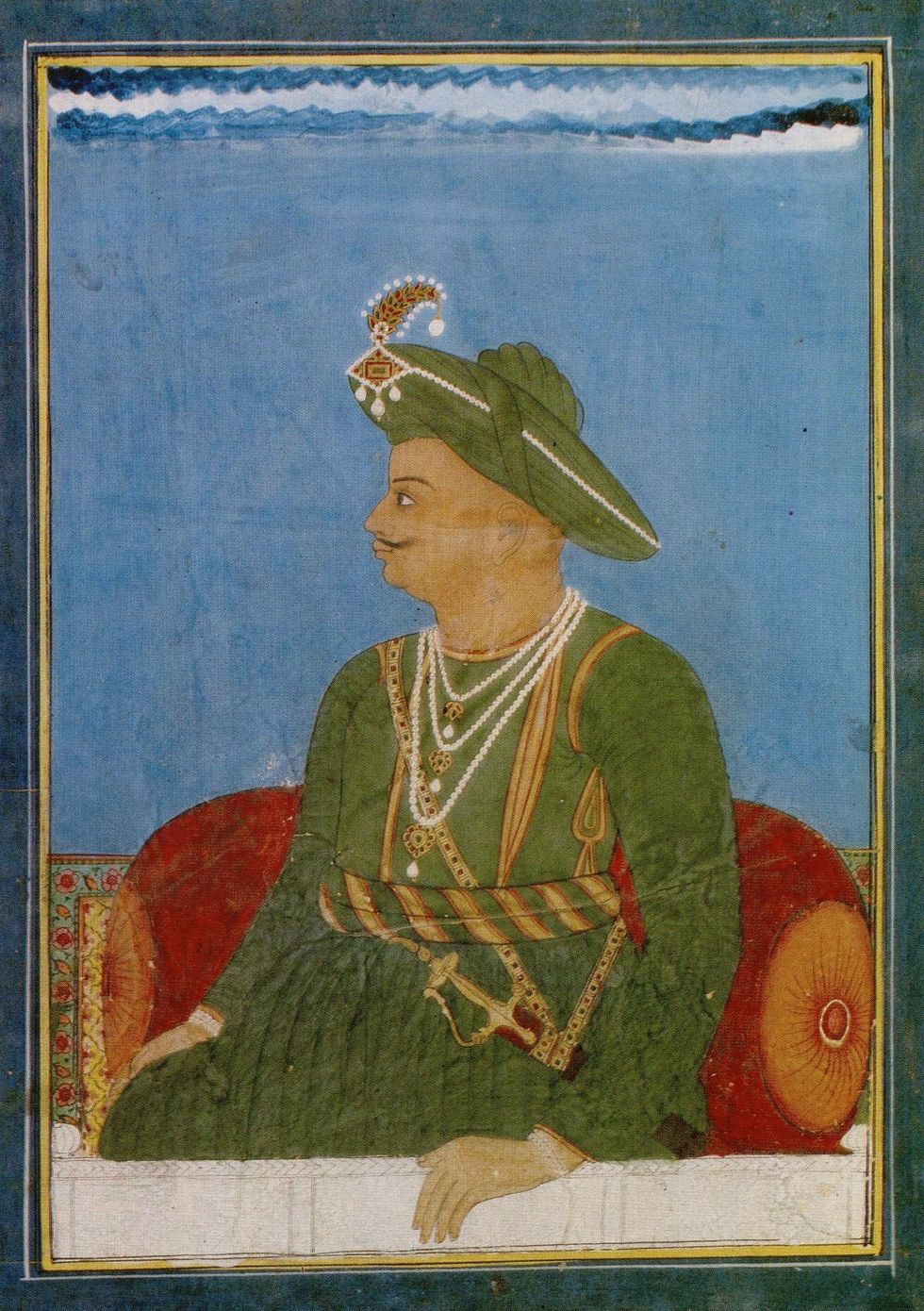
Tipu and Marie Antoinette’s exchange of gifts was immortalised in paintings and sketches.
The exhibition’s curator, Sarah Grant, told Eastern Eye of Marie Antoinette’s connection with Tipu: “Tipu Sultan sent his ambassadors to the court of France on an official visit. They presented gifts to Marie Antoinette – Indian muslins and beautiful gowns. And she presented gifts which they took back. But one of the busts (of herself) was looted by British soldiers in the 19th century and brought to England. So it had this extraordinary history. There was this interesting exchange of style and fashion between India and France.
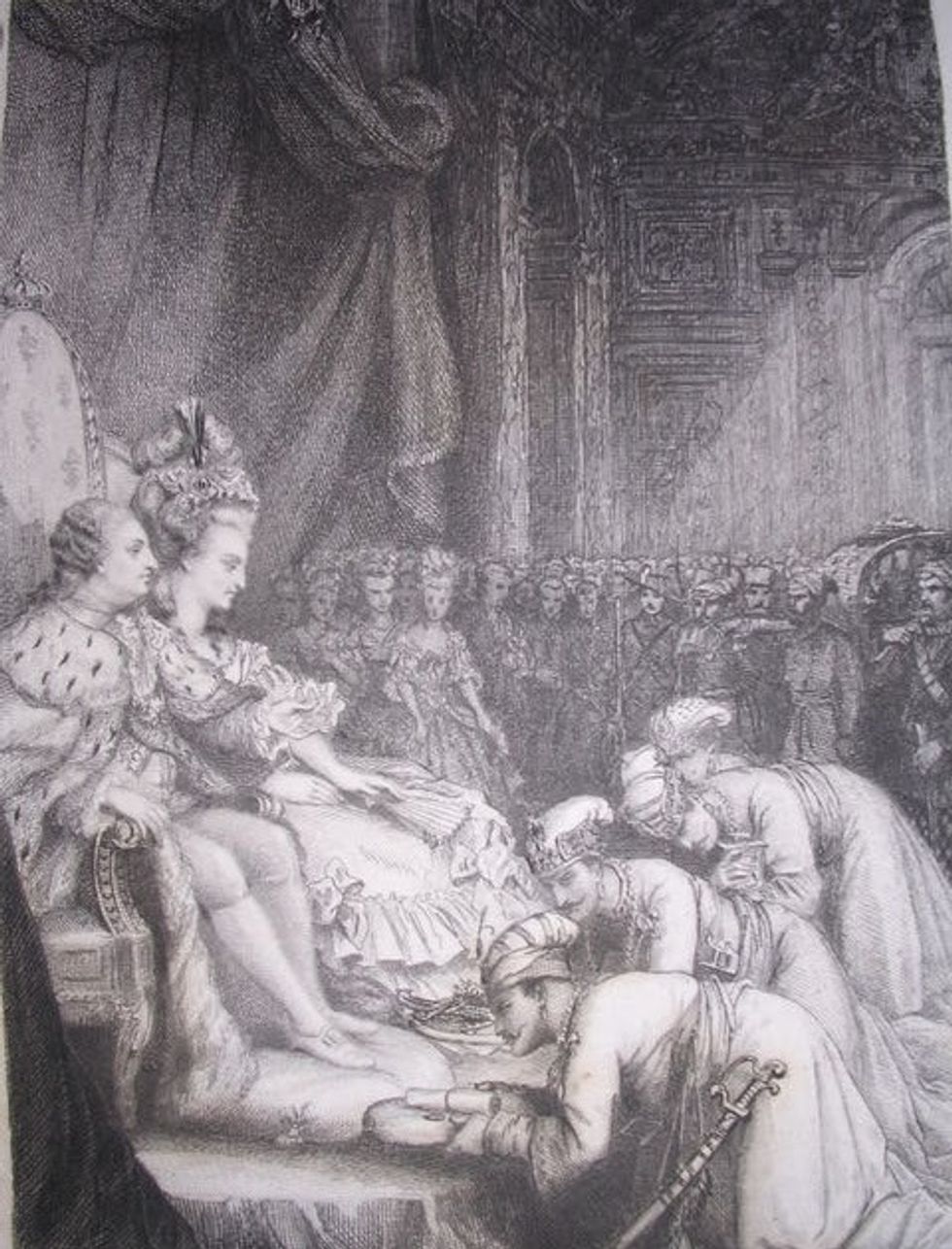
“All this is well documented. There are paintings of the ambassadors arriving at court in Versailles. There was an exhibition, Visitors to Versailles, which looked at diplomatic visits from India and China. But it seems Tipu Sultan and Marie Antoinette had a particular connection.
“India had developed the technology for printed and dyed cotton, something in which they were leaders in the world. France tried to steal that knowledge and technology, and sent spies to observe the processes. There was a ban on importing Indian printed cottons into France. So many people were wearing them that officials feared importing would damage France’s native industries. But cotton cloth was still being imported from India. They were printing it in France and selling it.”
She agreed “100 per cent” with the V&A’s director, Tristram Hunt, who described Marie Antoinette as “the most fashionable queen in history across 230 years of design, dress and film”.
Hunt added: “The exhibition combines her infamy with her influence. Balancing the sumptuous 18th century gowns on show are contemporary fashion pieces in the final room, including couture works by designers such as Moschino, Dior, Chanel and Vivienne Westwood, and, of course, the wonderful costumes designed for Sofia Coppola’s brilliant Oscar winning Marie Antoinette.”
Grant said: “Part of it is she was very fashionable. She loved fashion. Obviously, most monarchs, most queens, most emperors, most empresses, dress in finery. But she was particularly interested in new fashions, new styles. The pace of fashion accelerated under her.
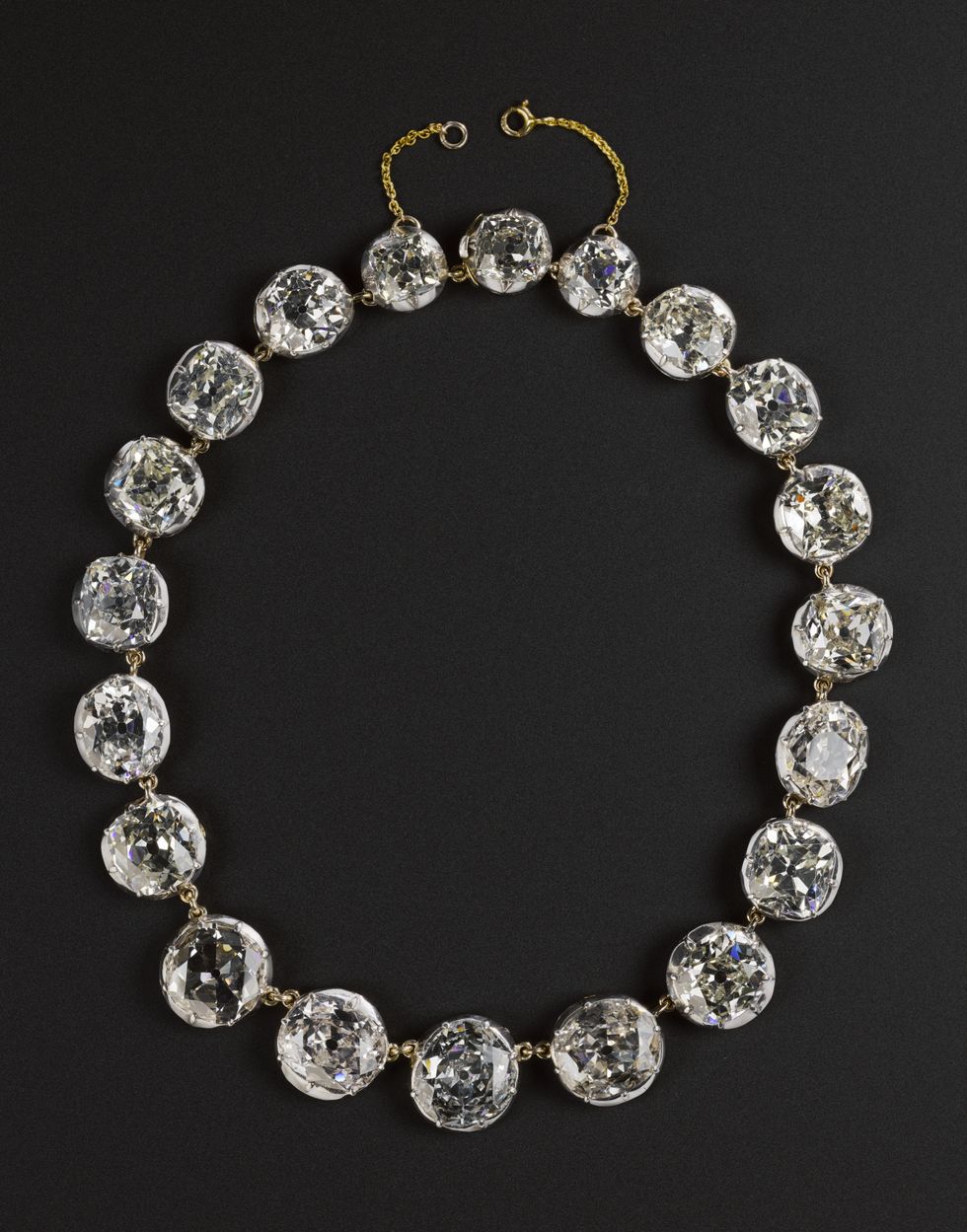
“She’s not just stylish. She’s not just wearing what everyone else is wearing. She is creating new fashions and inspiring other people. Certainly, people in the Anglo-Saxon world, in North America and in Britain, were following very closely what Marie Antoinette was wearing in France. She dies young, and we never see her age.”
Tipu, who was born on December 1, 1751, was the Sultan of Mysore from 1782 until he was killed in battle defending his stronghold of Srirangapatnam on May 4, 1799. He was defeated in the Fourth Anglo-Mysore War by a combined force of the British East India Company troops supported by the Marathas and the Nizam of Hyderabad.
Marie Antoinette born Maria Antonia Josepha Johanna von Habsburg-Lothringen, archduchess of Austria, in Vienna on November 2, 1755, the daughter of Empress Maria Theresa and Emperor Francis I. She married Louis Auguste, Dauphin of France, in May 1770 at the age of 14, becoming the Dauphine of France.
On May 10, 1774, her husband ascended the throne as King Louis XVI, and she became queen. She was the last queen of France before the French Revolution and the establishment of the First Republic. Her husband was sent to the guillotine on January 21, 1793, in Paris, during the French Revolution. She was similarly executed on October 16, 1793.

Marie Antoinette was accused of saying, “Let them eat cake”, when informed the poor couldn’t afford bread. She said no such thing. But the quote has stuck and her alleged heartlessness used to justify her execution.
The exhibition has a sketch of the executioner waving her head. There is also the chemise she wore in her death cell. It very much resembles an Indian kurta. There is also a plaster cast of her severed head.
The exhibition displays a muslin dress from 1785-90, similar to the one Marie Antoinette had worn.
Antoinette had worn. “This is one of only two muslin chemise dresses from Marie Antoinette’s time that survives, a style that the queen helped to popularise,” says a note. “In her memoirs, Madame Campan described the queen and her friends in the summer of 1778 dressed in ‘muslin gowns, with large straw hats and muslin veils, a costume universally adopted by women at that time’. The queen also wore a muslin gown given to her by Tipu Sultan in 1788.”
There is another “Robe à la francaise”, from 1775-80: “In the late 1770s, Marie Antoinette and her circle embraced gowns made of cotton and linen as lighter and fresher alternatives to silk. This gown’s pink silk lining, visible through the fine white muslin, creates a blush effect, which was a specific contemporary trend. France’s East India Company imported many cotton fabrics from India, such as this figured and embroidered muslin.”
The exhibition has a reference to diamonds, probably sourced from India.
The “Diamond Necklace Affair” is explained: “In 1784 and 1785, a necklace became the centre of a theft that captivated the French public. With diamonds totalling 2,842 carats, it was the most expensive necklace ever made in France. Louis XV commissioned it for his mistress, Madame du Barry, but died before it was completed. The necklace was offered to Marie Antoinette who refused it, but a con artist, Jeanne de la Motte, tricked a courtier, the Cardinal de Rohan, into paying for part of it, supposedly on behalf of the queen. La Motte then absconded with the diamonds. Although Marie Antoinette was entirely innocent, the fallout dealt a fatal blow to her already ailing reputation.”

There is a display of the “Sutherland Diamonds”, with the setting from 1780-90: “The stolen necklace from the ‘Diamond Necklace Affair’ was broken up and brought to England. These diamonds almost certainly come from that sale. Probably mined in Golconda, India, the stones are of the finest clarity and brilliance. The central diamond alone weighs about 15 carats. They were worn by successive Duchesses of Sutherland to the coronations of Queen Victoria and George VI.”
The steel tycoon Lakshmi Mittal could consider dropping in to see the exhibition, since some of the 250 objects on display come from Chateau de Versailles, the main royal residence (although Marie Antoinette also had a private residence, Petit Trianon, in the palace grounds). When Mittal’s daughter, Vanisha Mittal, married Amit Bhatia in 2004 in a £30m wedding, there was a glittering feast for 1,000 guests at the Palace in Versailles hired for the occasion.
Marie Antoinette Style is at the V&A until March 22, 2026.
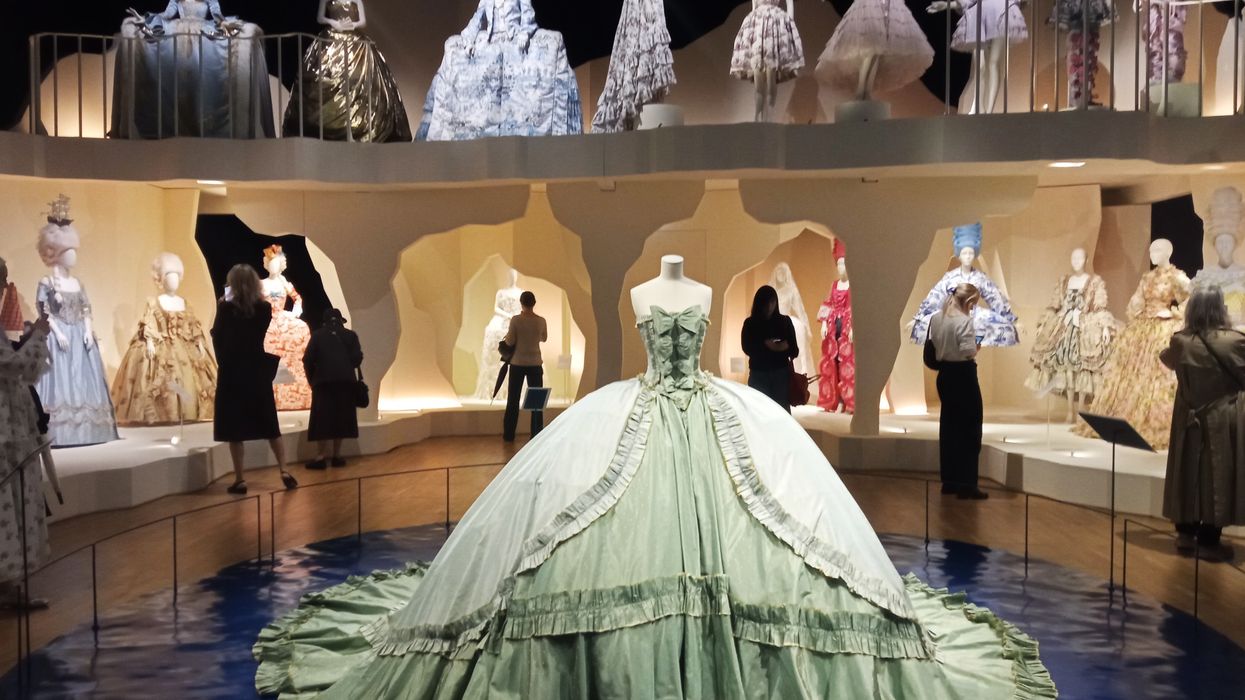
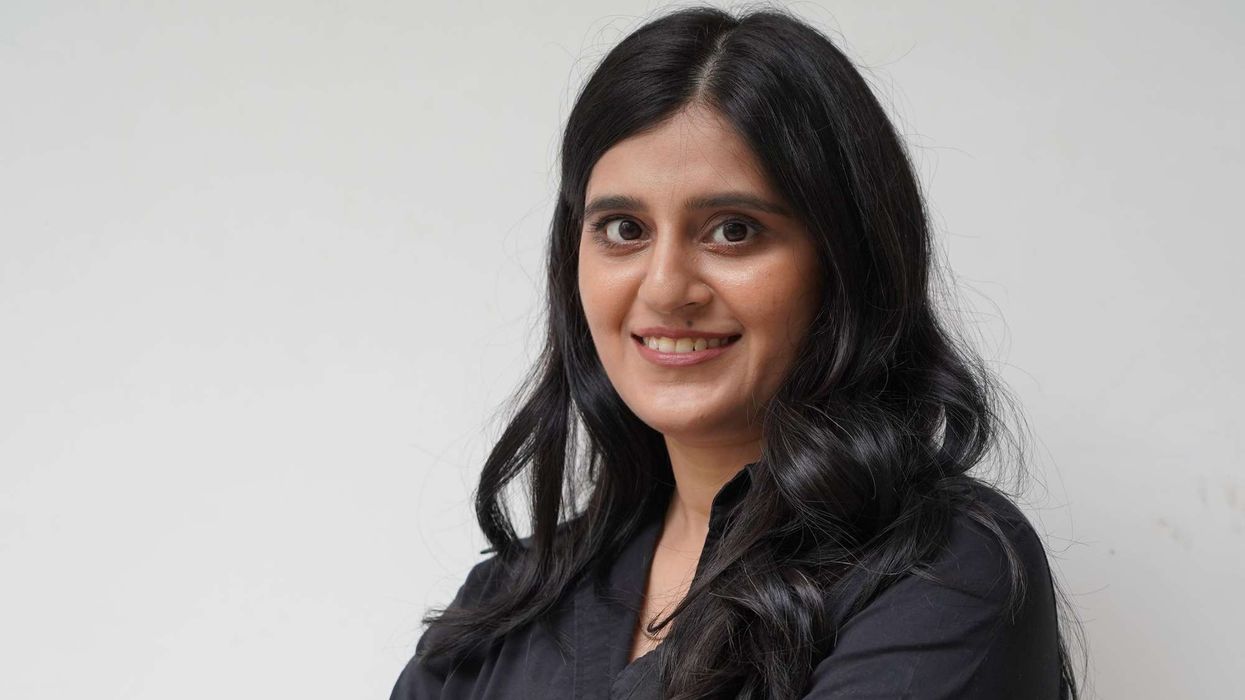
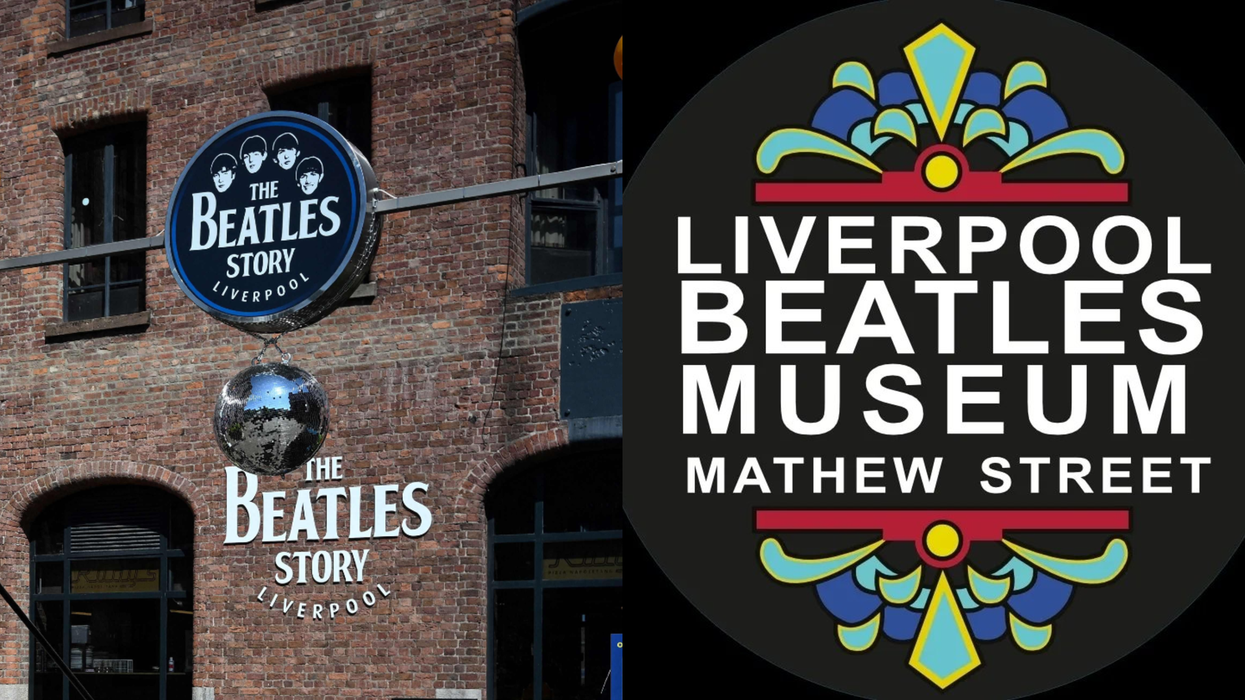
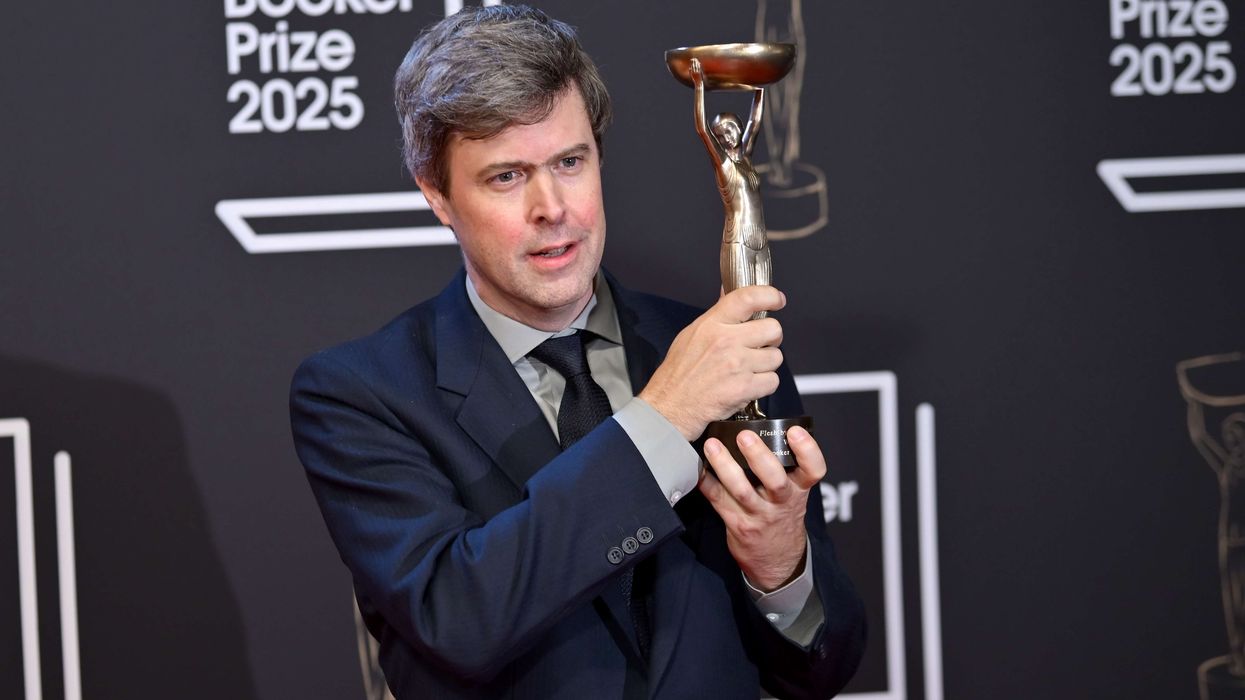
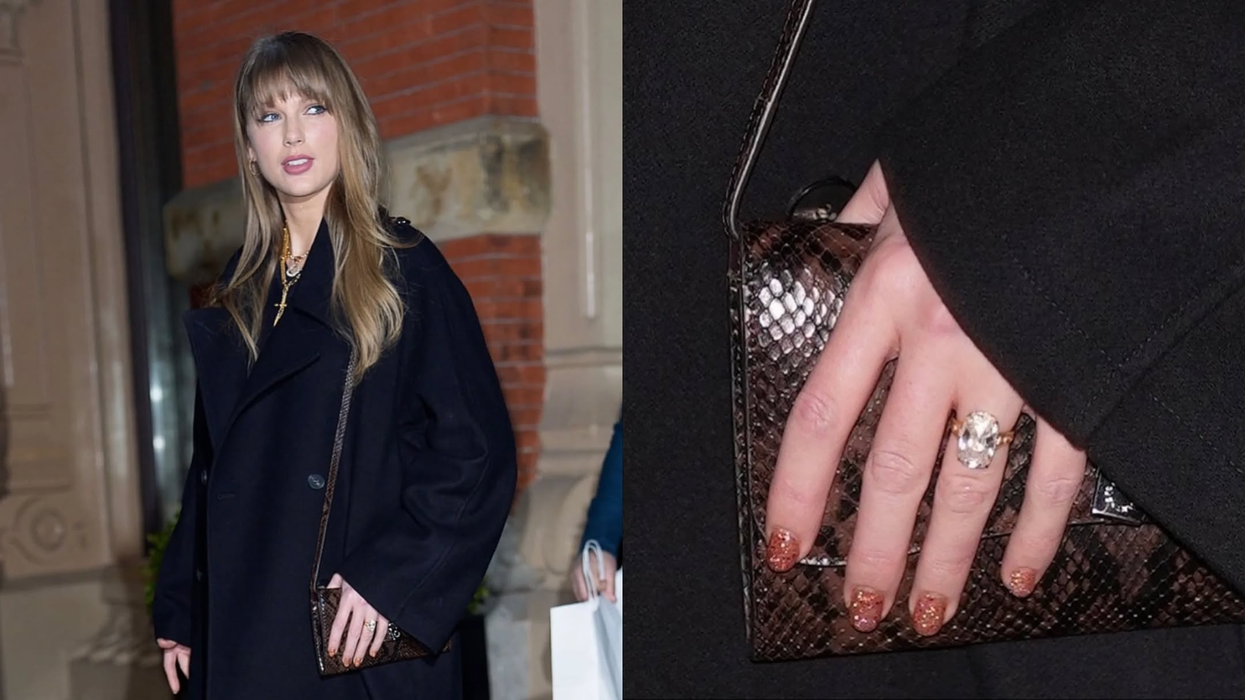
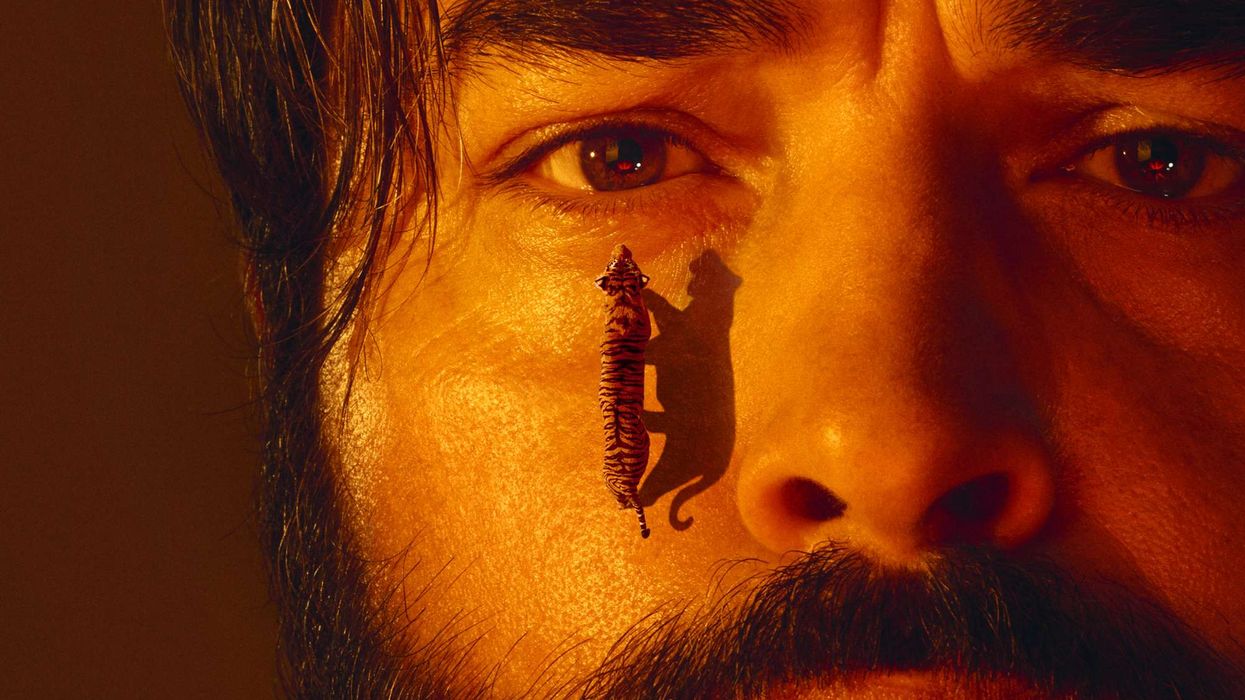
 Ammar says the play’s script itself served as a compass in navigating Musa’s divided psycheIsha Shah
Ammar says the play’s script itself served as a compass in navigating Musa’s divided psycheIsha Shah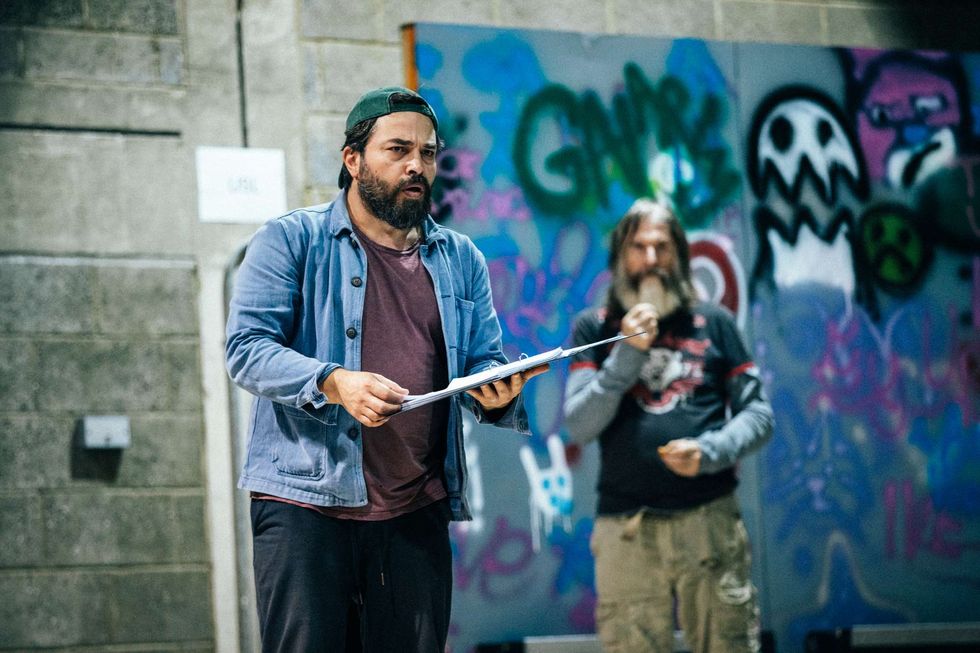 Bengal Tiger at the Baghdad Zoo runs at the Young Vic Theatre in London from December 2 – 31 January 31 2026Isha Shah
Bengal Tiger at the Baghdad Zoo runs at the Young Vic Theatre in London from December 2 – 31 January 31 2026Isha Shah






